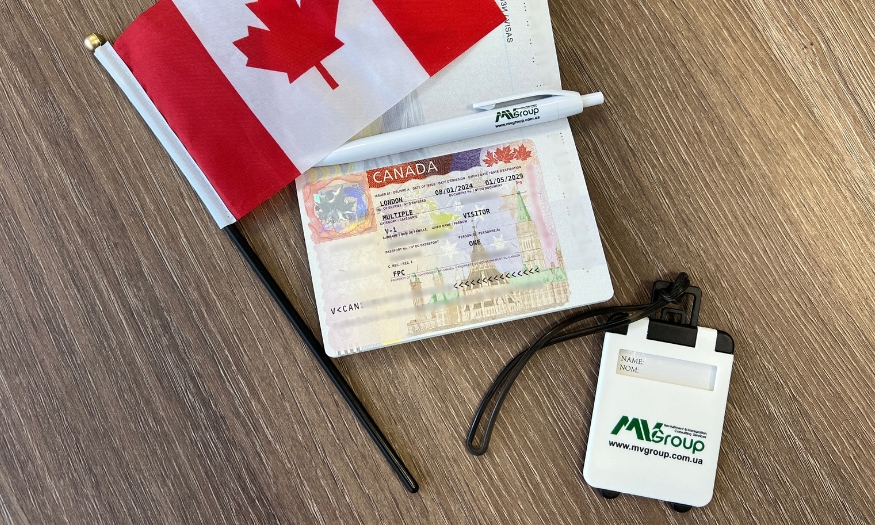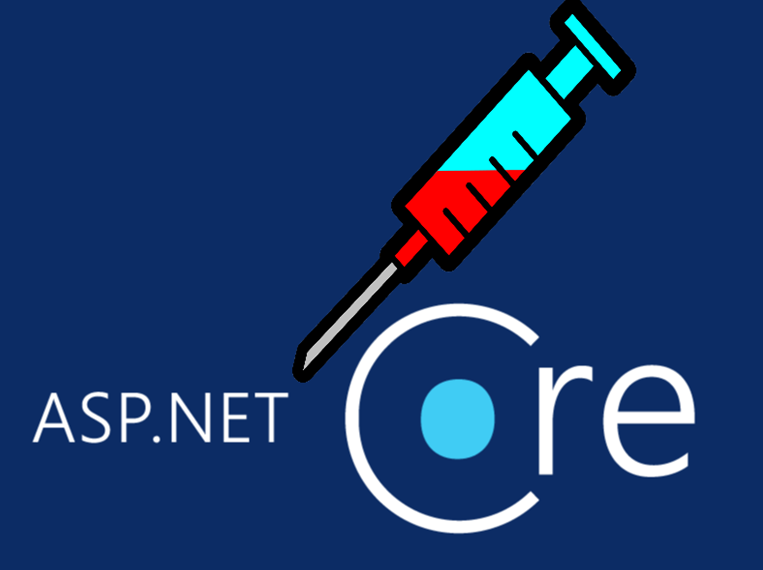Applying for a Canadian visa can be an exciting yet overwhelming process. Whether you’re planning to visit, study, or work in Canada, securing the right visa is essential for your travel plans. However, many applicants make mistakes that can delay the process or even result in a refusal. To ensure your application goes smoothly, here are the most common mistakes to avoid when applying for a Canadian visa.
The Most Common Mistakes To Avoid When Applying for A Canadian Visa
Any errors in your application can cause unnecessary delays or even result in rejection. Here, we’ll point out common errors and how to avoid them for a successful application.
- Not Understanding the Type of Visa You Need
Canada offers a variety of visa types depending on your purpose of travel, such as tourist visas, work permits, student visas, and more. A frequent error applicants make is failing to choose the correct visa type. For instance, if you plan to study but apply for a tourist visa instead, your application will likely be rejected.
Tip: Before you begin the application process, carefully review the different visa categories on the official Canadian immigration website. Determine which one aligns best with your purpose—whether it’s a temporary resident visa, a study permit, or a work permit.
- Incomplete or Inaccurate Application Forms
Filling out your application forms accurately is one of the most important steps in the visa application process. Unfortunately, many applicants make the mistake of leaving out essential information or filling in forms incorrectly. Even a minor error can lead to delays or the rejection of your visa.
Tip: Double-check every field in your application. Make sure to review every detail to ensure its accuracy and completeness. If you’re unsure about any section, seek clarification before submitting your application. Small mistakes can lead to significant problems!
- Failing to Submit the Required Documents
Each Canadian visa application requires specific documents to support your case. Commonly requested documents include proof of funds, a valid passport, travel itinerary, and invitation letters. Many applicants forget to include one or more of these documents, leading to delays or refusals.
Tip: Make a checklist of all the required documents listed on the Canadian immigration website. Gather everything well in advance to avoid last-minute issues. If you’re unsure about the necessary documents, consult an immigration expert.
- Not Providing Sufficient Proof of Financial Support
Failure to provide sufficient proof of financial resources is a major reason for Canadian visa rejections. Immigration authorities want to ensure that you can financially sustain yourself during your stay in Canada. This means you’ll need to show proof of sufficient funds, such as bank statements, pay stubs, or letters from your sponsor.
Tip: Be sure to provide clear, recent financial documents. Avoid submitting outdated bank statements or incomplete financial records. The more transparent and thorough your proof of funds, the better your chances of approval.
- Ignoring the Visa Processing Times
Visa processing times can vary significantly depending on the type of visa, the time of year, and the applicant’s country of residence. One common mistake applicants make is waiting until the last minute to submit their application, assuming the process will be quick.
Tip: Check the average processing time for your specific visa type on the Canadian immigration website. Apply as early as possible—ideally several months before your planned travel date. The earlier you submit your application, the less likely you are to face unnecessary stress.
- Not Being Honest on the Application
Honesty is key when applying for a visa. Some applicants make the mistake of providing false information, such as overstating their financial resources or omitting past visa refusals. This could lead to your application being rejected or even a permanent ban from entering Canada.
Tip: Always submit truthful and precise information when applying for a visa. If you have any previous visa refusals or travel issues, it’s better to address them upfront than to conceal them. Transparency will work in your favour.
- Failing to Check for Visa-Specific Requirements
Different visa types have their own specific set of conditions. For example, some applicants may need to undergo a medical exam or provide biometric information. Failing to meet these additional requirements can lead to delays or refusals.
Tip: Make sure to check the specific requirements for your visa category. If you’re unsure whether you need to undergo a medical exam or submit biometrics, visit the official Canadian immigration website or contact the Canadian embassy in your country.
- Misunderstanding the Purpose of the Biometrics Appointment
Biometrics—fingerprints and photos—are required for most visa applications. Some applicants overlook this requirement or fail to attend their biometrics appointment, which can result in processing delays. It’s essential to understand that biometrics are part of the visa application process, and missing this step can halt your application.
Tip: Schedule your biometrics appointment as soon as you’re instructed to do so. Make sure you attend on time with the proper documents to avoid unnecessary delays.
- Ignoring Potential Red Flags
Visa officers are trained to spot inconsistencies or red flags in applications. Common issues that raise concern include an unclear travel history, vague travel intentions, or discrepancies in your personal information. Ignoring or failing to address these red flags can lead to a visa refusal.
Tip: If you think there might be red flags in your application, proactively address them in your cover letter. For example, if you’ve had a previous visa refusal, explain the circumstances clearly and provide any supporting documentation to demonstrate your eligibility.
- Not Seeking Professional Help When Needed
The visa application process can be complex, especially for those applying for a work permit or study visa for the first time. Many applicants make the mistake of handling the process on their own, only to miss critical details that could have been caught by an experienced professional.
Tip: If your case is complicated or you’re unsure about the process, consider consulting an immigration lawyer or consultant. They can help you navigate the application process, ensuring that you avoid common mistakes and submit a complete, accurate application.
Conclusion
Canadian visa applications can be challenging, but by avoiding common missteps, you can greatly improve your chances of a positive outcome. By selecting the right visa type, submitting accurate forms and required documents, and providing sufficient proof of financial support, you can streamline the process. Take your time, follow the instructions carefully, and seek professional advice if needed. With careful attention to detail and proper planning, you’ll increase your chances of a smooth and successful visa application process.
















